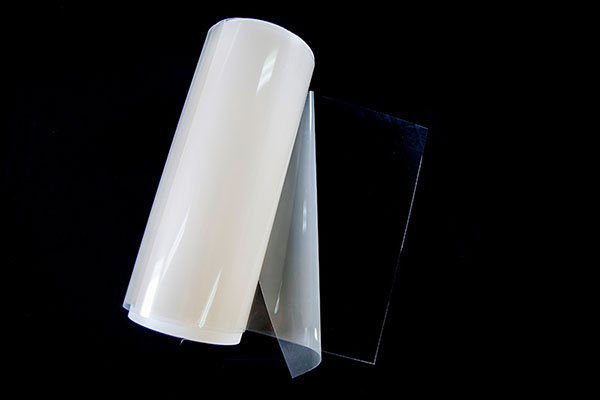Product Introduction Of High Temperature Proton Exchange Membrane:
The Proton High Temperature Exchange Membrane we produce is mainly used in the field of all-vanadium liquid flow batteries. It plays the role of conducting protons and blocking vanadium ions, which determines the charge and discharge performance of the Proton High Temperature Exchange Membrane. During the tape casting production process, the strength, moisture retention and vanadium resistance of the Proton High Temperature Exchange Membrane are enhanced by adding special materials. The Proton High Temperature Exchange Membrane we produce also shows excellent tolerance to strong acids and strong oxidizing electrolytes in vanadium batteries, ensuring long-term durability and stability in harsh chemical environments.
Product Advantages Of High Temperature Proton Exchange Membrane:
Through the localization transformation strategy, the Proton membrane exchange we produce is expected to achieve certain advantages in production costs compared with imported Nafion membranes, thereby reducing the overall cost of high-temperature proton exchange membranes. In the 120mA·cm-2 charge and discharge cycle test, the Proton membrane exchange we produce has demonstrated the potential of high-temperature proton exchange membranes in large-scale energy storage applications with better performance.
Thickness And Basis Weight Properties:
| Membrane Type | Thickness(microns)(um) | Weight(g/m²) |
| PXVA-80-T01 | 80 | 172 |
Physical And Other Properties:
| Physicaland Other Properties | Typical Value | Test Method |
| Tensile Test(23℃,50%RH) | ||
| Tensile Strength(MPa) | ≥30 | GB/T 20042.3-2022 |
| Tensile Modulus(MPa) | ≥400 | GB/T 20042.3-2022 |
| Elongation at break(%) | ≥120 | GB/T 20042.3-2022 |
| Specific Gravity | 1.97 | |
| Other Properties | Index Parameters | Test Method |
| Conductivity(S/cm) | ≥0.100 | GB/T 20042.3-2022 |
| Acid Capacity(meq/g) | 1.00±0.05 | GB/T 20042.3-2022 |
Hydrolytic Propertie:
| Hydrolytic Properties | Index Parameters | Test Method |
| Water Content(%) | 5.0±3.0 | GB/T 20042.3-2022 |
| Water Uptake(%) | 50.0±5.0 | GB/T 20042.3-2022 |
| Thickness Swelling Rate at 23℃,50% RH (% increase) | ||
| water soaked at 23℃ 50% RH | ≤5 | GB/T 20042.3-2022 |
| water soaked at 100℃ 50% RH | ≤15 | GB/T 20042.3-2022 |
| Linear Expansion at 23℃,50% RH (% increase) | ||
| water soaked at 23℃ 50% RH | ≤5 | GB/T 20042.3-2022 |
| water soaked at 100℃ 50% RH | ≤18 | GB/T 20042.3-2022 |

Transportation Methods Of High Temperature Proton Exchange Membrane:
The transportation methods of Proton High Temperature Exchange Membrane mainly include express transportation and freight transportation.
Express transportation:
Scope of application: Mainly used for fast transportation of small size, small quantity or samples.
Features: Provide door-to-door service, fast transportation speed, suitable for urgent or small-scale transportation needs.
Freight transportation:
Scope of application: Mainly used for the transportation of large size, large quantity or heavy materials.
Features: The transportation cost is relatively low, suitable for large-scale transportation needs, but the transportation time is longer.
Notes Of High Temperature Proton Exchange Membrane:
Proton membrane exchange measurements were performed at 23°C, 50% RH for 24 hours.
Conductivity measurements of Proton membrane exchange at 23°C, 100% RH.
Alkaline titration measures the equivalent weight of sulfonic acid groups in the resin and uses this measurement to calculate the acid capacity or equivalent weight of the membrane.
Water content of the membrane at 23°C and 50% RH (dry weight basis).
Water uptake of dry membrane after 1 hour in water at 100°C (dry weight basis).